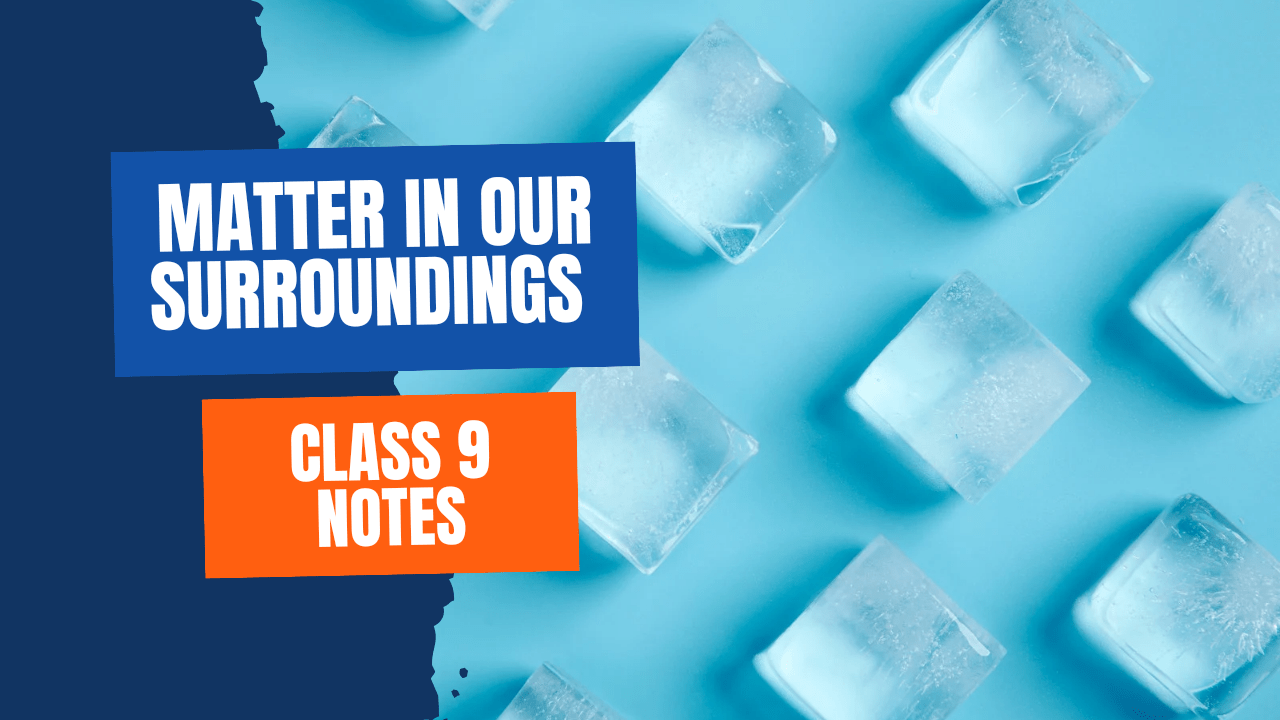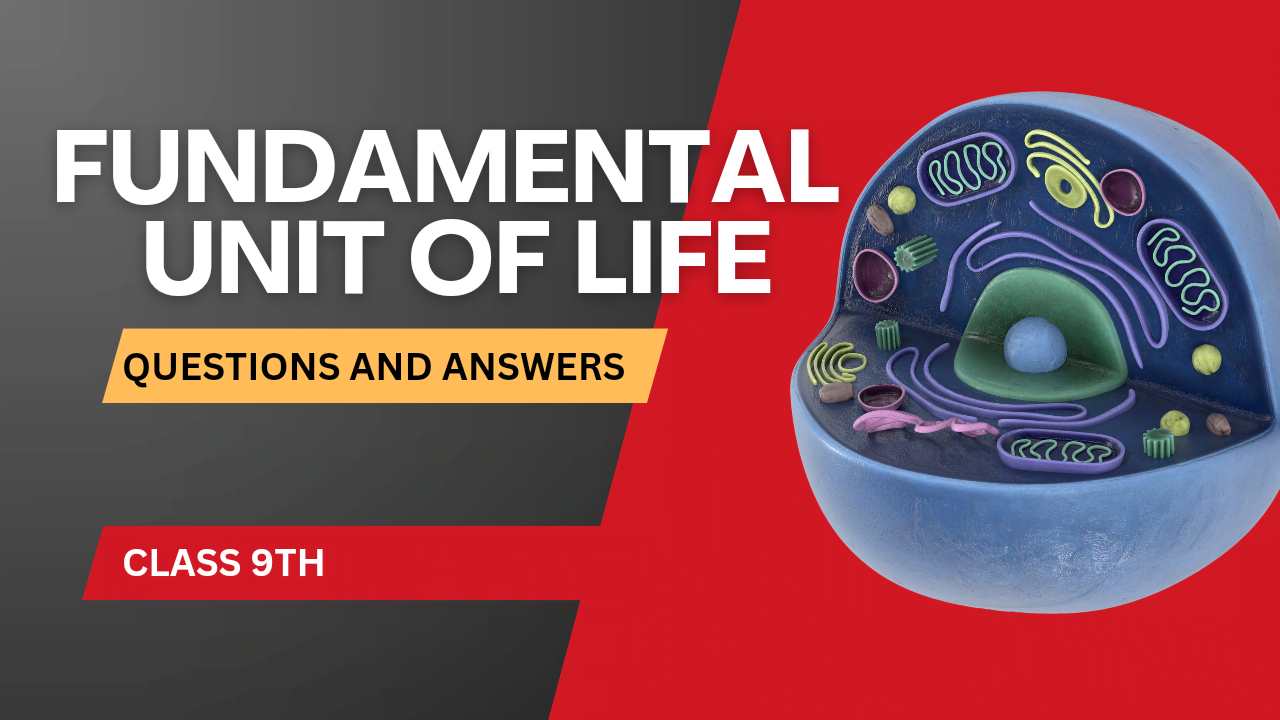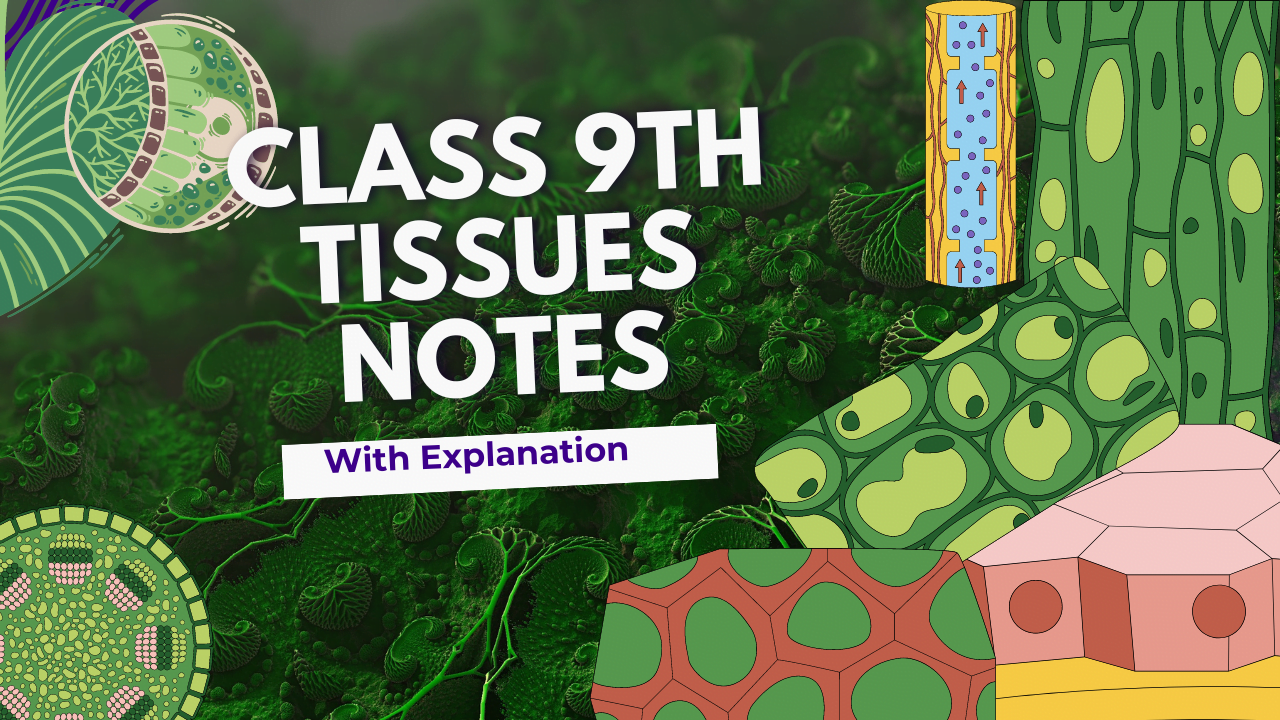50+ Most important assertion and reason class 9 science with explanation, that could be helpful for various exams.
Assertion (A): Force can change the shape of an object.
Reason (R): A force always causes motion in an object.
Correct! While force can change the shape of an object, it does not always cause motion.
Assertion (A): Mass of an object remains constant everywhere.
Reason (R): Mass is a measure of the gravitational force on an object.
Correct! Mass is constant, but it is not a measure of gravitational force; that is weight.
Assertion (A): Acceleration due to gravity is the same for all objects.
Reason (R): The acceleration due to gravity depends on the mass of the object.
Correct! Acceleration due to gravity is the same for all objects and does not depend on their mass.
Assertion (A): Air is a good conductor of heat.
Reason (R): Air molecules are closely packed.
Correct! Air is a poor conductor of heat because its molecules are far apart, not closely packed.
Assertion (A): A convex lens can form both real and virtual images.
Reason (R): A convex lens converges light rays at a point.
Correct! A convex lens can form real and virtual images because it converges light rays at a point.
Assertion (A): Carbon dioxide is a greenhouse gas.
Reason (R): Greenhouse gases trap infrared radiation in Earth’s atmosphere.
Correct! Carbon dioxide is a greenhouse gas because it traps infrared radiation in the atmosphere.
Assertion (A): Plants are called producers in an ecosystem.
Reason (R): Plants convert solar energy into chemical energy through photosynthesis.
Correct! Plants are producers because they perform photosynthesis to produce energy-rich compounds.
Assertion (A): All objects fall with the same acceleration in the absence of air resistance.
Reason (R): The acceleration due to gravity is independent of the mass of the object.
Correct! Both assertion and reason are true, and R explains why A is true.
Assertion (A): Gases exert pressure on the walls of their container.
Reason (R): Gas molecules are in continuous random motion.
Correct! Gas molecules in random motion collide with container walls, exerting pressure.
Assertion (A): Work done is zero if displacement is zero.
Reason (R): Work is the product of force and displacement in the direction of force.
Correct! Displacement is essential for work; if displacement is zero, work is zero.
Assertion (A): Water is a universal solvent.
Reason (R): Water dissolves a wide range of substances due to its polar nature.
Correct! Water’s polarity allows it to dissolve many substances, making it a universal solvent.
Assertion (A): Friction is a necessary evil.
Reason (R): Friction only causes wear and tear of objects.
Correct! While friction has drawbacks like wear and tear, it is essential for motion and grip.
Assertion (A): Acid rain is harmful to aquatic life.
Reason (R): Acid rain lowers the pH level of water bodies, making them acidic.
Correct! Acid rain reduces the pH of water, creating a hostile environment for aquatic organisms.
Assertion (A): Momentum is conserved in the absence of external forces.
Reason (R): The law of conservation of momentum applies universally.
Correct! Momentum is conserved as long as no external forces act on the system.
Assertion (A): Metals are good conductors of electricity.
Reason (R): Metals have free electrons that facilitate the flow of electricity.
Correct! The free electrons in metals enable them to conduct electricity efficiently.
Assertion (A): The boiling point of water decreases at higher altitudes.
Reason (R): Atmospheric pressure decreases with an increase in altitude.
Correct! A decrease in atmospheric pressure reduces the boiling point of water at higher altitudes.
Assertion (A): The heart pumps blood to all parts of the body.
Reason (R): The human heart has four chambers.
Correct! While both statements are true, the presence of four chambers in the heart is not the reason for pumping blood.
Assertion (A): Sound requires a medium for propagation.
Reason (R): Sound is a mechanical wave.
Correct! Sound, being a mechanical wave, needs a medium to travel.
Assertion (A): Carbon dioxide is a greenhouse gas.
Reason (R): Carbon dioxide traps heat in the Earth’s atmosphere.
Correct! Carbon dioxide contributes to the greenhouse effect by trapping heat.
Assertion (A): The human eye can distinguish millions of colors.
Reason (R): The retina contains cone cells sensitive to different wavelengths of light.
Correct! The cone cells in the retina enable the perception of various colors.
Assertion (A): The Sun is the ultimate source of energy for all ecosystems.
Reason (R): Plants convert sunlight into chemical energy through photosynthesis.
Correct! The Sun provides energy, which plants use to produce food via photosynthesis, supporting all ecosystems.
Assertion (A): Friction can be both beneficial and harmful.
Reason (R): Friction produces heat, which can cause wear and tear.
Correct! While friction is essential for many daily activities, it can also lead to wear and tear due to heat production.
Assertion (A): The angle of incidence is equal to the angle of reflection.
Reason (R): This is a consequence of the laws of reflection.
Correct! According to the laws of reflection, the angle of incidence is always equal to the angle of reflection.
Assertion (A): Respiration is a continuous process in humans.
Reason (R): Respiration provides energy required for all cellular activities.
Correct! Respiration continuously releases energy necessary for all vital functions in the body.
Assertion (A): Atmospheric nitrogen cannot be directly used by plants.
Reason (R): Nitrogen-fixing bacteria convert atmospheric nitrogen into usable forms.
Correct! Plants rely on nitrogen-fixing bacteria to convert nitrogen gas into nitrates and ammonia.
Assertion (A): The speed of sound is faster in solids than in gases.
Reason (R): Molecules in solids are more closely packed than in gases.
Correct! The closer molecular arrangement in solids allows sound waves to travel faster than in gases.
Assertion (A): Electric current is the flow of electrons.
Reason (R): Electrons move from the positive to the negative terminal.
Correct! Electrons actually move from the negative terminal to the positive terminal, opposite to the direction of conventional current.
Assertion (A): Water is a universal solvent.
Reason (R): Water has the ability to dissolve many substances.
Correct! Water’s polarity allows it to dissolve various substances, earning it the title “universal solvent.”
Assertion (A): Plastics are non-biodegradable.
Reason (R): Plastics are resistant to microbial activity.
Correct! Plastics resist decomposition due to their non-biodegradable properties.
Assertion (A): The process of evaporation causes cooling.
Reason (R): Evaporation occurs when molecules with higher kinetic energy leave the liquid.
Correct! Evaporation removes high-energy molecules, leaving the liquid cooler.
Assertion (A): The force of gravity acts on all objects, irrespective of their mass.
Reason (R): The acceleration due to gravity is constant for all objects near the Earth’s surface.
Correct! Gravity affects all objects equally because the acceleration due to gravity is constant.
Assertion (A): Carbon dioxide is a greenhouse gas.
Reason (R): Carbon dioxide absorbs heat energy from the Earth’s surface and traps it.
Correct! Carbon dioxide traps heat energy and contributes to the greenhouse effect.
Assertion (A): Electric current flows in a closed circuit.
Reason (R): Electrons require a continuous path to move through a conductor.
Correct! Electrons need a closed path to flow, forming an electric current.
Assertion (A): The law of conservation of energy states that energy cannot be created or destroyed.
Reason (R): Energy can be converted from one form to another.
Correct! Energy remains constant in an isolated system but can change forms.
Assertion (A): Metals are good conductors of electricity.
Reason (R): Metals have free electrons that facilitate the flow of current.
Correct! Free electrons in metals allow them to conduct electricity efficiently.
Assertion (A): Acid rain is harmful to aquatic life.
Reason (R): Acid rain increases the acidity of water bodies.
Correct! Acid rain lowers the pH of water, adversely affecting aquatic organisms.
Assertion (A): Sound cannot travel through a vacuum.
Reason (R): Sound waves require a medium to propagate.
Correct! Sound needs a material medium, such as air, to transmit vibrations.
Assertion (A): The ozone layer protects life on Earth.
Reason (R): The ozone layer absorbs harmful ultraviolet radiation from the Sun.
Correct! The ozone layer prevents excessive UV radiation from reaching Earth.
Assertion (A): Respiration is an exothermic process.
Reason (R): During respiration, energy is released by the breakdown of glucose.
Correct! The breakdown of glucose during respiration releases energy in the form of ATP, making it an exothermic process.
Assertion (A): Pure water is a bad conductor of electricity.
Reason (R): Pure water lacks free ions needed for conduction.
Correct! Pure water does not conduct electricity due to the absence of free ions.
Assertion (A): A convex lens is also called a converging lens.
Reason (R): A convex lens brings parallel rays of light to a single focal point.
Correct! A convex lens converges parallel rays to its focal point, making it a converging lens.
Assertion (A): Photosynthesis takes place only in the presence of sunlight.
Reason (R): Chlorophyll absorbs light energy required for photosynthesis.
Correct! Chlorophyll absorbs sunlight, enabling photosynthesis during daylight hours.
Assertion (A): Air is a mixture of gases.
Reason (R): The components of air can be separated by physical methods.
Correct! Air consists of various gases like nitrogen, oxygen, and carbon dioxide, which can be separated by liquefaction or other physical methods.
Assertion (A): Sound travels faster in solids than in gases.
Reason (R): The particles in solids are more closely packed compared to gases.
Correct! The higher density and elasticity of solids facilitate faster sound propagation compared to gases.
Assertion (A): Frictional force opposes the motion of objects.
Reason (R): Friction is caused by irregularities on the surfaces in contact.
Correct! Surface irregularities resist relative motion, leading to frictional force.
Assertion (A): The mass of an object remains constant everywhere in the universe.
Reason (R): Mass is a measure of the amount of matter in an object, independent of gravity.
Correct! Mass is intrinsic to an object and does not change with location, unlike weight, which depends on gravity.
Assertion (A): The boiling point of water decreases at higher altitudes.
Reason (R): Atmospheric pressure is lower at higher altitudes.
Correct! Lower atmospheric pressure at high altitudes means water requires less heat to reach its boiling point.
Assertion (A): Metals are good conductors of electricity.
Reason (R): Metals have free electrons that move easily under an electric field.
Correct! Free electrons in metals enable them to conduct electricity efficiently.
Assertion (A): The pressure exerted by a liquid increases with depth.
Reason (R): The weight of the liquid above a given point adds to the pressure.
Correct! The deeper you go in a liquid, the more weight from the liquid above contributes to the pressure.
Assertion (A): Carbon dioxide is a greenhouse gas.
Reason (R): Carbon dioxide traps heat in the Earth’s atmosphere, contributing to global warming.
Correct! Carbon dioxide traps infrared radiation, leading to an increase in Earth’s temperature.
Assertion (A): Plaster of Paris hardens when mixed with water.
Reason (R): Plaster of Paris reacts with water to form gypsum.
Correct! The chemical reaction between plaster of Paris and water forms a hard gypsum structure.
Assertion (A): Ice floats on water.
Reason (R): The density of ice is less than the density of water.
Correct! The hydrogen bonding in ice creates a structure that is less dense than liquid water.




